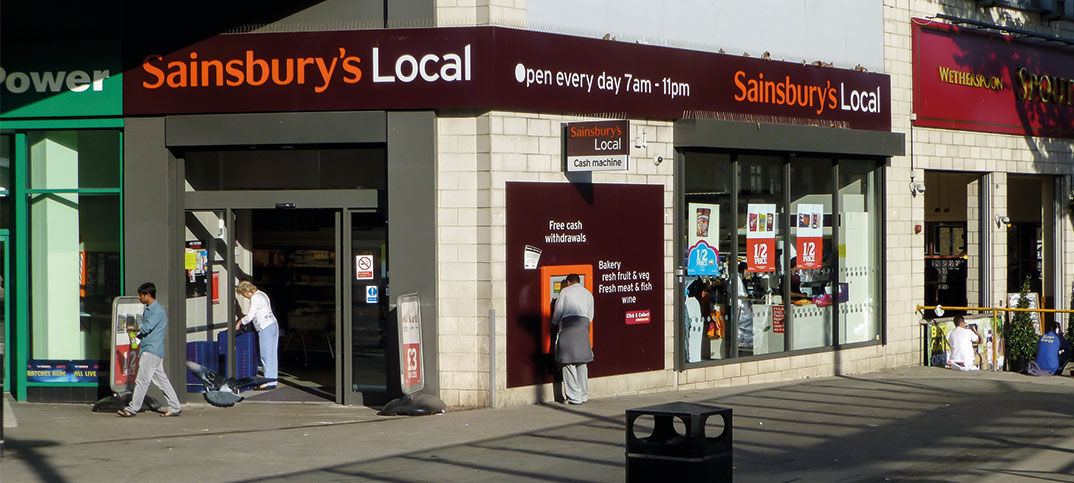Investment by big box retailers in small local stores over the past 10 years has changed the face of UK convenience retailing. But the model that has worked so well for Tesco, the Co-op, Sainsbury’s and M&S Simply Food is about to hit a road block – they will shortly run out of suitable sites to invest in.
This is based on analysis by David Hayward, an expert with a career in advising retailers on their investment and the founder of Maximise UK.
His company has mapped 34,322 suitable sites around the UK that can generate the £40,000 in weekly sales that multiples need to be successful. More than 95% are already occupied and most of the 1,534 sites that remain have units that are under 1,500sq ft in area, below the minimum for their business model to work.
This means, says Hayward, that the multiples will either have to develop a micro store model or they will have to buy out the competition.
The important thing is to build assumptions based on the number of people you expect to visit your store and what you expect them to buy
Hayward’s business supplies intelligence to networks of retailers, such as those owned by a multiple or those supplied by a symbol group. His insight helps the data teams at head office to decide where to invest and what opportunities to focus on.
Maxgap, the tool that spots which locations work for which types of store, analyses household and business data to project the weight of demand that a convenience store can expect. Out of this comes the £40,000 rule – an optimum amount of retail spend that will sustain a successful Tesco Express or Simply Food.
Independent retail owners rarely have access to this sort of information. Even if they did they are probably not trained in how to use it. But they do get it second-hand when asking their symbol partners for advice on whether to invest in their business.
Instead they need to use analysis like counting how many people walk past a shop at a certain time of day. In the last issue of Retail Express, Robert Kirkwood described how he did the homework on his successful 450sq ft store.
The important thing is to build assumptions based on the number of people you expect to visit your store and what you expect them to buy.
Where the data companies come in is they can tell you what a similar mix of potential shoppers buy in a similar store somewhere else in the country. Information like this may give multiples an edge so you need to make sure you visit their stores regularly and look at what they sell and how they merchandise it. Ask yourself what demand the people at head office think exists and if you have similar opportunities.
Where there is money there is ambition. Both Tesco and Sainsbury’s are testing smaller format stores. You cannot be certain that they won’t tweak their numbers and invest in a space race again.
However, an impact of lower convenience market growth rates may be lower investment by big manufacturers and distributors in making great products for local shops and driving shoppers into your stores. The investment of big box retailers has helped to raise standards and this has persuaded more and more shoppers to top up locally and to support their local stores.
If this comes to an end, then there will be an even greater onus on brilliant local stores to tell their stories well and promote how they add value to both local shoppers and to suppliers.
The 2017 Independent Achievers Academy programme starts this week. Invest in benchmarking your store to be part of the next generation of success.



Comments
This article doesn't have any comments yet, be the first!